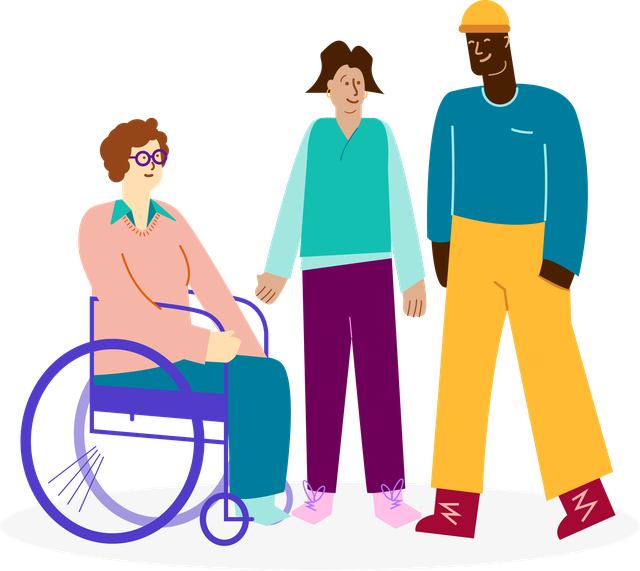Last updated: 15 August 2025
Trauma Informed Care (TIC) in homelessness services
TIC is a relationship-based approach which can be adopted by organisations in order to improve awareness of trauma and its impact, to ensure that the services provided offer effective support and, above all, that they do not re-traumatise those accessing or working in services.
TIC can be adopted by an individual project, by an organisation, or across a whole system. It must:
- Realise the widespread impact of trauma and understand potential paths for recovery
- Recognise the signs and symptoms of trauma
- Respond by full integrating knowledge about trauma into policies, procedures, and practices and
- Seek to actively resist re-traumatisation.
Researchers found four key themes shared across homelessness services implementing TIC:
- Trauma awareness – service providers incorporate an understanding of trauma into their work.
- Emphasis on safety – services work to establish physical and emotional safety for clients.
- Opportunities to rebuild control – increasing client choice and providing predictable environments.
- Strengths-based approach – supporting people to identify their strengths and coping mechanisms.
Psychologically Informed Environments (PIE) in homelessness services
PIEs are services that are designed and delivered in a way that take into account the emotional and psychological needs of the individuals using them. Guidance on PIE for homelessness services sets out a framework which can be used to redesign a service to become a PIE:
- Developing a psychological framework allowing services to have a shared understanding of, and response to, the people they support.
- The physical environment and social spaces are adapted to improve the space available to engage and support people in the service.
- Staff training and support which enables workers to move away from crisis management and work in a more therapeutic and planned way. Using reflective practice is a way of doing this.
- Managing relationships in order to help staff and clients self-manage their emotional and behavioural responses to triggering events.
- Evaluation of outcomes to enable staff and clients to evaluate their effectiveness, for ongoing development, and to evidence service impact.
How can TIC and PIE complement each other?
Watch our 5 minute video outlining TIC and PIE, their similarities, and how they complement each other.
Further reading and resources
- Homeless Link have developed guidance on reflective practice, available here.
- Homeless Link have developed a suite of resources on psychologically informed management available here.
- Housing Justice have a free 15-minute e-learning on trauma and homelessness, available here.
- The Substance Misuse and Mental Health Services Authority (SAMHSA) developed the National Centre for TIC. They have developed a toolkit around the approach and its implementation, available here.
- Hopper et al. have published a research paper on trauma-informed care in homelessness services, available here.
- Guidance on PIE for homelessness services has been developed, available here.
- The original guidance has informed a toolkit which can be used to implement PIE. The toolkit can be used to self-assess how psychologically informed a service or organisation currently is and then used for the continued development of a PIE approach. Available here.
This webpage resource has been funded by MHCLG through the VCFS programme.


